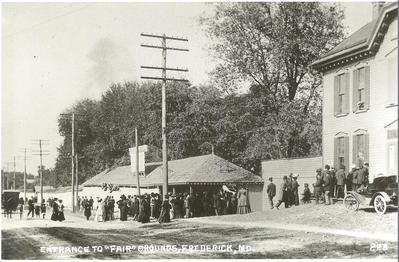 E. Patrick Street entrance to the Great Frederick Fair (c.1908) E. Patrick Street entrance to the Great Frederick Fair (c.1908) The Great Frederick Fair is once again in "full-swing." The largest county fair in Maryland has had an amazing run, revered by many as the best in the state. Be that as it may, Frederick's agricultural roots run deep, and our county has been blessed with amazing folks, both past and present, proudly wearing the moniker of farmer. The Frederick Fair continues to be a reflection of great "farm families," some dating back to the mid 1700's. Many of the brightest doubled as pioneering businessmen, while others served in politics. They were also leaders in their respective churches, social clubs and civic causes. From the gentleman planter to the tenant farmer, the knowledge and drive these individuals exhibited was, and still is, awe-inspiring. Just think of the countless Frederick agriculturalists who proved successful without the help of the internet and cable television. In this week's edition of "Stories in Stone," I have put the spotlight on three such individuals from Frederick's past. These men are seldom mentioned, or thought of, today. I'm sure that the vast majority of fair-goers entering through the "GFF" turnstiles have no earthly idea or context to who any of these gentlemen are. However, this trio helped pave the way for us to enjoy rides on the midway, experience entertainment in the grandstand, view the latest in agricultural implements and other home innovations and locally offered services, celebrate arts and crafts, and most importantly, understand the important and difficult tasks that farmers embrace each day by raising livestock, cultivating crops and ship food to market for our sole survival. William E. Williams The Frederick County Agricultural Society was "birthed" in November 1821. A group of the area's most distinguished planters and farm owners forged the organization’s bylaws and elected William Elie Williams as the society's first president. Williams was the builder and operator of the large stone grist mill on his plantation farmstead at "Ceresville," so named for the Roman goddess of agriculture and grain, Ceres. More than his contribution to farming, the leader of the county's first agricultural society was better known for being the son of celebrated Revolutionary War Brigadier Gen. Otho Holland Williams. This man (Otho H. Williams) once served as a county clerk for Frederick County, and was an intimate friend of George Washington. He is also the namesake of Williamsport, MD, where he persuaded Washington to place his capital city. Williams would serve as chairman of the society's greatest achievement, arranging and promoting the first-ever cattle show and fair in our county's history. Most local histories simply give credit to a mysterious man, and former sheriff, named George Creager, a one-time tavern keeper who supposedly hosted the first agricultural exhibition. Williams did so much more for Frederick's rich agricultural heritage. As the oldest son, William E. Williams obtained one of his father's treasured farmsteads in 1808 at the ripe age of 21. It was located just northeast of Frederick City on the eastern bank of the Monocacy River along the Liberty Road (current day MD26). Not much is known about Williams childhood, but it assumed he grew up in Baltimore and likely attended schools there as his father had been appointed as the port collector of that city by President Washington. Gen. Otho H. Williams passed in 1794 at the age of 45. William was born in 1787 and after his father's premature death was raised into adulthood by the family of his mother (Mary "Polly" Smith) family. He attended Princeton and received his Bachelors of Arts degree in October, 1806. He followed with service in the US Army Infantry, earning the rank of captain and eventually entered into the practice of law. Up until 1810, the Williams-owned farm at Ceresville had been run by overseers for the previous two decades. The property was described as "a farm of 300-500 acres, with a suitable number of hands, animals and implements; crops are wheat and other cereals, potatoes, hay and other food for stock; stock in horses, cows, sheep, pigs and poultry." William E. Williams ingratiated himself with the prospect of farming his father's Frederick-based plantation. Over the next five years, Williams would have the property surveyed and appraised. He contemplated adding Merino Sheep, searched for a mason to construct a home on the property, bought additional acreage, looked for a blacksmith and gardener among other slave hands, and got a sawmill up and running. The principal structure of his operation was a flour mill which he had built in 1813. It would be powered by water from nearby Israel's Creek. The Ceresville Mill, later to be known as Kelly's Mill, replaced a smaller mill on the property and was described as follows: “The new stone mill had six floors and two rows of dormer windows. The machinery from the mill came from nearby Catoctin. In 1826 the mill manufactured 30,000 bushels of wheat a year. The additional output was 5,000 bushes flour, 7 bushels rye, 132 tons meal and 180 tons of feed.” Williams also started a limestone quarry on the premises and operated a ferry to shuttle passengers and wagons across the Monocacy. Having a career, and home, William E. Williams moved with his wife, Susanna Frisby Cooke, to Frederick County. The couple married in April, 1812 and would have five children. In addition to agricultural pursuits, Williams was named one of the first directors of the Farmers & Mechanics Bank for Frederick County in 1818. He was also active in the local Republican Party, and ran for the state house of delegates in 1819. He was appointed a Justice of the Peace for Frederick County by Maryland's governor (1820/1821) and was active in All Saints Episcopal Protestant Church. William E. Williams and the other members of the Frederick Agricultural Society took seriously the charge of their organization to teach best practices and look after Frederick County farming interest in comparison to other locations and cities where local trade existed. An example of this came with a November, 1821 resolution involving flour inspection: William E. Williams and the Frederick County Agricultural Society quickly made plans for a Cattle Show and Fair on May 23rd and 24th, 1822 to immediately precede the Maryland State Show. This would be the second agricultural fair held in the state, and the rationale for the state’s date followed the planting of corn and was in advance of the tobacco planting season. 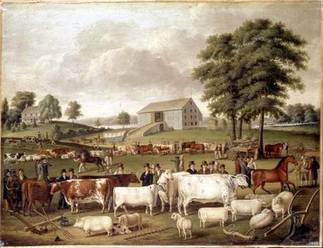 Representative view of an early Mid-Atlantic region Cattle Show in Pennsylvania Representative view of an early Mid-Atlantic region Cattle Show in Pennsylvania The first-ever Cattle Show and Fair in Frederick's history went off swimmingly, taking place at the Monocacy Bridge Tavern, on the western bank of the river along the National Pike (today's MD144). This was the site of the famed Jug Bridge. Williams wouldn't get his opportunity for an encore. Three months later, by mid-August 1822, the 35-year-old William E. Williams had relocated to Baltimore, taking up residence there once again due to illness. Williams was very sick, said to be suffering from a throat and respiratory ailment. His condition worsened as summer turned to fall. He would eventually succumb to this malady three on November 17th, 1822. I have not been able to find a burial record, but I am highly confident that our first president of the Frederick Agricultural Society was laid to rest in Baltimore's "Old St. Paul's" Protestant Episcopal Cemetery located at the corner of W. Redwood Street and Martin Luther King Boulevard. It is bordered by the University of Maryland Medical Center campus. Part of the cemetery was destroyed in the creation of MLK Boulevard, and this could hold the key for the lack of Williams' stone. Regardless, he is in good company as this burying ground contains the mortal remains of other leaders from Maryland's past such as Samuel Chase, John Eager Howard, George Armistead and Daniel Dulany, the Younger—son of Frederick's founder Daniel Dulany. This cemetery was also the first resting place of Mount Olivet's Francis Scott Key from 1843-1866. Spring 1823 didn't see a second Cattle Show & Fair in Frederick. One of the reasons was simply due to the sudden loss of William E. Williams. A related ag-related event would, however, be held at the Monocacy Bridge Hotel and tavern location by the Monocacy. This show was not officially sanctioned by all in the local Agricultural Club as it was more of a horse racing festival put on in conjunction with the Frederick County Jockey Club. Another factor contributing to this absence (of a follow-up Frederick cattle show) had to do with the previous scheduling of the Maryland Cattle Show and Fair by the state's Agricultural Society. This would be held in Easton, on the Eastern Shore, in November (1823). Things would follow suit with a failed attempt to have a cattle show in 1824 due to respectively not wanting to compete with the visit of Gen. Marquis de Lafayette's visit to Maryland. This hiatus allowed the Frederick County Agricultural Society to regroup, and reorganize, in December of 1824. William E. Williams would have made a far greater impact locally here in Frederick County if given the opportunity. His widow Susanna, and brother Henry Lee Williams, would take over the estate after his death. An ad appears in the Washington Intelligencer newspaper of December 31st, 1822 for a public auction of "Ceresville Farm" and the plethora of agricultural implements that Williams had acquired. A man named Cornelius Shriner would operate the mill afterwards, turning it into one of the most profitable of its kind in western Maryland. His son Edward A. Shriner would follow in his father's footsteps and flour would be continuously milled here until 1988. 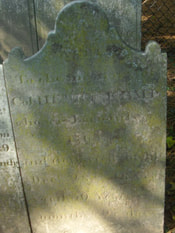 Grave of Henry Kemp in Area NN/Lot 126 Grave of Henry Kemp in Area NN/Lot 126 Col. Lewis Kemp & Gideon Bantz The vice presidents of the Frederick Agricultural Society under first president William E. Williams included: Col. Henry Kemp, Col. John McPherson, Col. John Thomas, Mr. James Johnson, Col. G.M. Eichelberger, Mr. W.P. Farquhar, Mr. Jesse Slingluff, Mr. Joshua Delaplane and Mr. William Morsell. Of particular interest is Col. Henry Kemp (1863-1833), a veteran of the War of 1812 and successful mill owner. Kemp was influential in helping re-launch the Agricultural Society and another cattle show and fair in 1825. Like his friend William E. Williams, Col. Kemp dabbled in politics. He was appointed by the governor as a judge of the Frederick Orphan's court and would also be elected as a delegate to the Maryland General Assembly. Kemp was also a director of the Farmers & Mechanics Bank. Col. Henry Kemp and his colleagues would hold another cattle show, fair and exhibition in Frederick County in May, 1825. Two more would follow in 1826 and 1827, the latter taking place in Libertytown. For some unknown reason, the show went by the wayside, not to be re-visited until almost 25 years later. Henry Kemp's oldest son, Col. Lewis Kemp, assisted his father with the organization and served as the secretary for the county's Election District 1 subcommittee of the larger Frederick County Agricultural Society. Born January 22nd, 1797, Col. Lewis Kemp grew up on Carrollton Manor and eventually married Rebecca Charlotte Buckey, granddaughter of German immigrant Matthias Buckey. The couple wed on May 19, 1818. Rebecca's father, George Buckey, owned a large tannery in town. Two of Lewis' sisters married Rebecca's brothers, strengthening the bond between both families. Kemp was involved with the Buckey tannery operation, but eventually relocated to Baltimore around 1834 in an effort to conduct a dry goods store with his brother-in-law (twice-connected) Daniel Buckey. Col. Kemp retired and came back to Frederick in 1851. His great-grandfather had been Christian Kemp, builder of a large house and mill on Ballenger Creek. Lewis Kemp lived in the Carrollton Manor vicinity before his departure to Charm City, but upon returning moved to the Prospect Hill, taking up residence in the Prospect Hall manor house as a gentleman farmer. 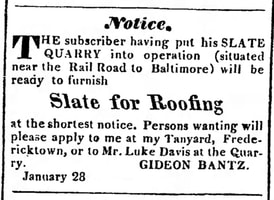 Frederick Town Herald (Feb. 11, 1832) Frederick Town Herald (Feb. 11, 1832) In 1849, Col. Kemp found himself a member of the newly-formed Farmers Club of Frederick County. The Farmers Club was formed in November (1849) at a gathering in the Old Academy building on Council Street in downtown Frederick. A local businessman named Gideon Bantz would be named president. Gideon Bantz was born on February 9th, 1792, the son of Henry and Catherine Bantz. The 57 year-old owned farmland both inside and outside the town limits, plus a quarry east of Frederick on the National Pike. Bantz was best known for operating a tannery in downtown Frederick. It was positioned north of Carroll Creek along the west side of S. Court Street (between the creek and W. Patrick Street). Bantz's home fronted W. Patrick and took the form of a large three-story dwelling occupying a corner lot. Bantz was the husband of Ann Maria Sowers and had 12 children. Gideon Bantz served as a church elder (German Reformed Church), served on several board of directors and dabbled in politics earning him the title of the county's most popular Whig party politician. Many subsequent meetings would be held by the Farmers Club Of Frederick County, but no county-wide exhibition was planned, or held, during the next three years.
Although the new club seemed a little obsessed with poop, their overall constitution was rock solid. After four years under President Bantz' leadership, the Farmer's Club would make some alterations to itself. 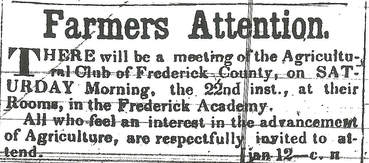 On January 12th, 1853, the Frederick Examiner newspaper announced an upcoming meeting, which respectfully invited “all who feel an interest in the advancement of Agriculture” to attend. This ad was placed by members of the Farmers Club. In another part of the same paper, the Examiner’s editor pointed out the meeting as being “well worth the attention of farmers, millers, and all others interested in the development of the productive resources of our county. Its object is to revive and reorganize the Society, and it is to be hoped that a becoming interest and enterprise will be manifested in the important undertaking. “ This meeting took place on January 22nd, 1853 at the Frederick Academy building, where a large and highly respected group convened and organized an association under the title of the Agricultural Club of Frederick County and the Frederick County Agricultural Society. High spirit and enthusiasm abounded and another constitution and by-laws were adopted with amendments. An election for officers was held and Col. Lewis Kemp became the group's first president. The particular goal of the meeting was to make arrangements for holding a local agricultural fair for the following fall season. The first exhibition of the Frederick County Agricultural Society was held October 16-18th, 1853 and attended by thousands of eager visitors. This far exceeded the numbers imagined by the organizers. The home for the newly revived cattle show, fair and exhibition was the Frederick Barracks Grounds on Cannon Hill. One year later, the second annual Exhibition of the Frederick County Agricultural Society took place. The same support of the 1853 event was again demonstrated as it was estimated that 15,000 people attended the second day of the fair alone. The Great Frederick Fair, the way we know it today, was officially born. Sadly, two leading Frederick Countians, would experience their final fair opportunity in October, 1854. Gideon Bantz had been elected to serve as Acting President due to an illness that was pestering Col. Lewis Kemp. This occurred when the Agricultural Society's Board of Trustees met on October 7th, just prior to the opening of their Exhibition on Wednesday, October 11th. Gideon Bantz attended opening day, but would travel to Baltimore on Thursday to represent Frederick County by attending the Maryland State Fair. While there, he contracted a sudden illness, blamed on something he ate for dinner. He returned home, but would breathe his last breath just 24 hours later on Friday night. The community was stunned and deeply saddened. Gideon Bantz was buried in the German Reformed Burying Ground at the intersection of S. Bentz and W. Second streets. He would one day be reinterred in 1873 within Mount Olivet Cemetery. His mortal remains were placed in Area G/Lot 188. Bantz' obituary, (above), placed in the Frederick Examiner contains a wonderful sketch of Mr. Bantz' colorful achievements and standing in the community. Tributes of Respect also appeared in the newspaper. The following appeared in the October 18th edition of the Frederick Examiner:
"Tribute of Respect At a meeting of the Frederick County Agricultural Society, held on Friday evening October 13th, the following proceedings were had: Whereas, It has pleased the Almighty to remove from our midst, within a few days of each other, two of our fellow citizens, F.A. Schley, Jr., and Gideon Bantz, Sr., the one young, ardent, energetic, full of all promise of usefulness, beloved by all who knew him; the other advanced in years and enjoying all that high respect and warm regard of his fellow citizens which a long life of irreproachable conduct had won for him; and whereas both the departed were valued members of the Association, Gideon Bantz being, at the time of his death, one of the Vice Presidents of the Society. Therefore Resolved, That we deeply deplore the loss of our fellow members, F. A. Schley, Jr., and Gideon Bantz Sr.; and that we sincerely sympathize with their afflicted relatives and friends. Resolved, That the Secretary of this Society communicate a copy of these resolutions to the respective families of the deceased. Resolved, That these proceedings be published in all the papers of the town; and be also entered upon the minutes of the Society. Outerbridge Horsey, President pro tem Oct. 18, 1854 One of the likeliest of pallbearers for Gideon Bantz' funeral was Col. Lewis Kemp. Whether he did, or not, Kemp would return to the German Reformed Cemetery just a few months later. Unfortunately, it wasn't to pay respects to his fellow farming brother. Instead, friends, family and neighbors were saying goodbye to him as he died on December 13th, 1854. Today, Kemp's gravesite is roughly 20 yards away from his old friend and colleague, Gideon Bantz. in Area G/Lot 177. Bantz had been brought to Mount Olivet and reburied on the 19th anniversary of his death (October 13th, 1873.) Col. Kemp would be re-interred on June 23rd, 1906.
2 Comments
Sharon
9/19/2017 10:24:12 pm
Loved reading this history! Thank you so much.
Reply
5/12/2020 01:58:10 pm
Can you provide the address of the Bantz residence on "West Church St," as of 1854? You make reference to another location at Patrick and Court st, but the West Church St address seems important in tracking 1862 events. Also, do you know where "The Mill Alley" was located in 1862?
Reply
Leave a Reply. |
STORIES
|
Archives
July 2024
June 2024
May 2024
April 2024
March 2024
February 2024
January 2024
December 2023
November 2023
September 2023
August 2023
July 2023
June 2023
May 2023
April 2023
March 2023
February 2023
January 2023
December 2022
November 2022
October 2022
September 2022
August 2022
July 2022
June 2022
May 2022
April 2022
March 2022
February 2022
January 2022
December 2021
November 2021
October 2021
September 2021
August 2021
July 2021
June 2021
May 2021
April 2021
March 2021
February 2021
January 2021
December 2020
November 2020
October 2020
September 2020
August 2020
July 2020
June 2020
May 2020
April 2020
March 2020
February 2020
January 2020
December 2019
November 2019
October 2019
September 2019
August 2019
July 2019
June 2019
May 2019
April 2019
March 2019
February 2019
January 2019
December 2018
November 2018
October 2018
September 2018
August 2018
July 2018
June 2018
May 2018
April 2018
March 2018
February 2018
January 2018
December 2017
November 2017
October 2017
September 2017
August 2017
July 2017
June 2017
May 2017
April 2017
March 2017
February 2017
January 2017
December 2016
November 2016
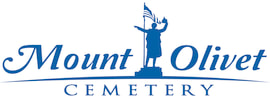
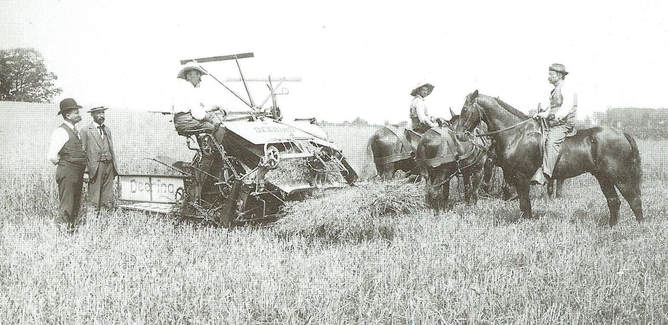
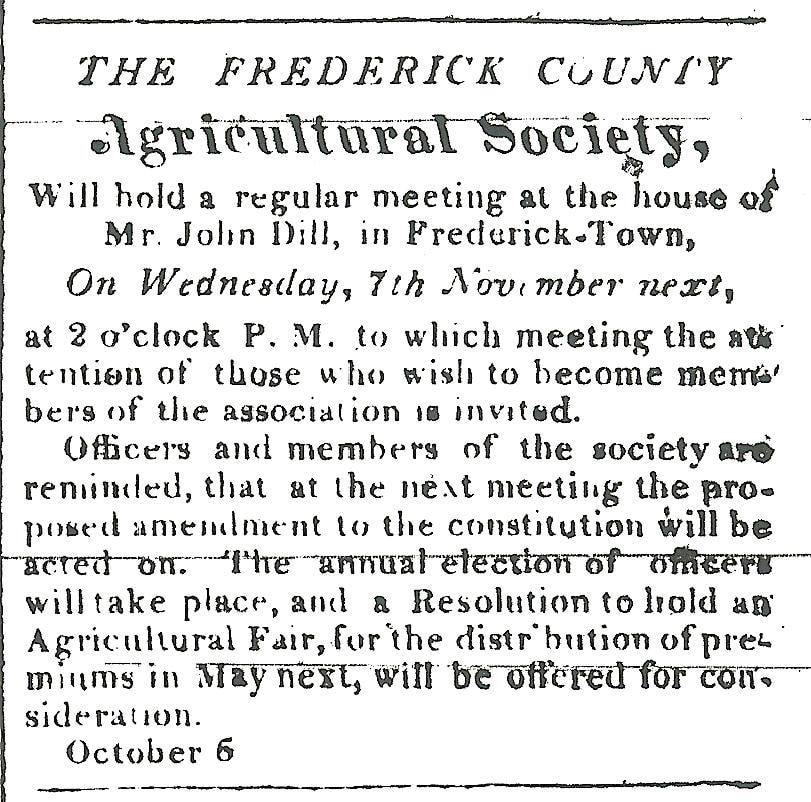
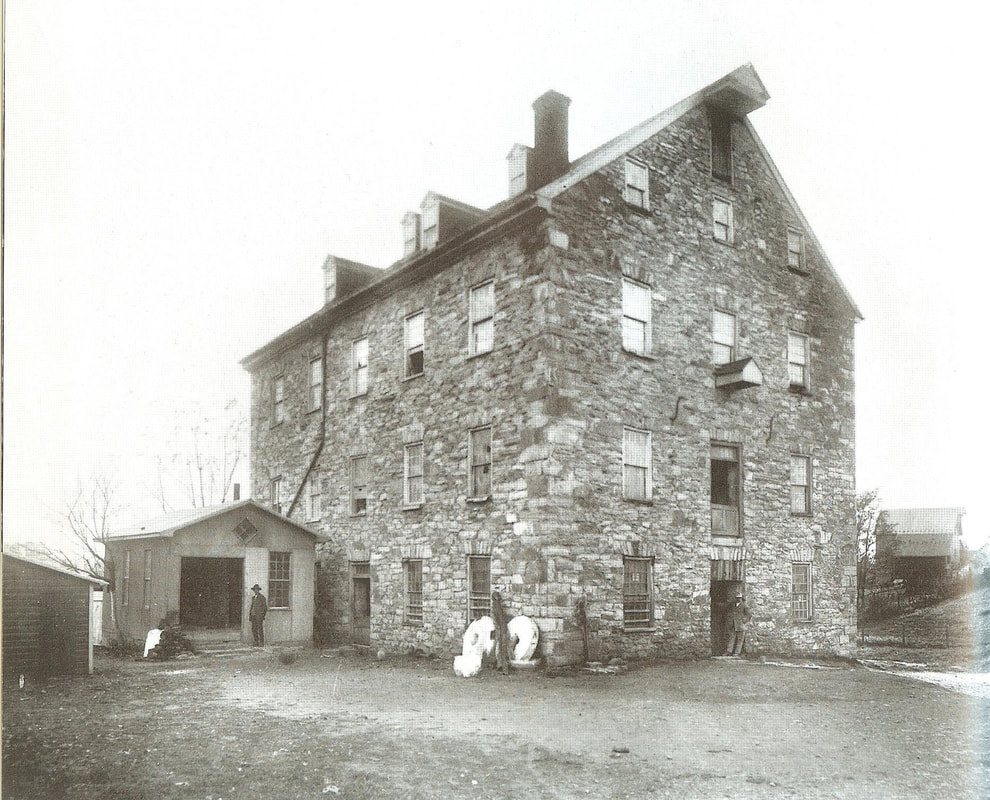
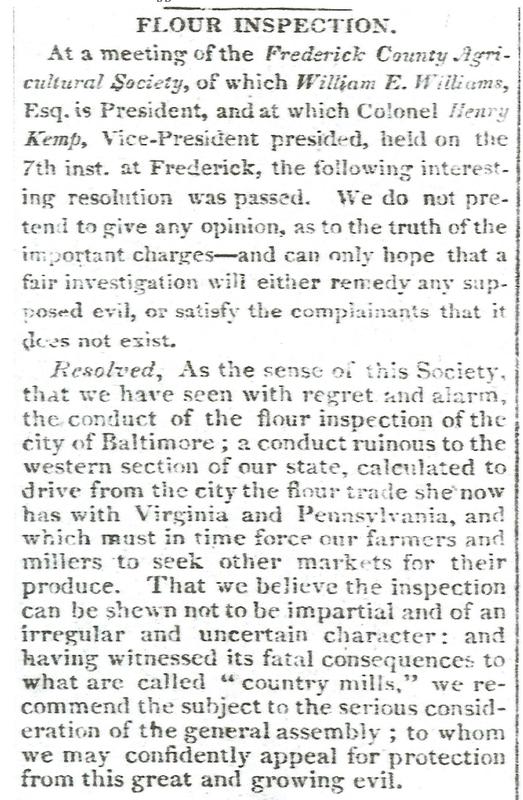
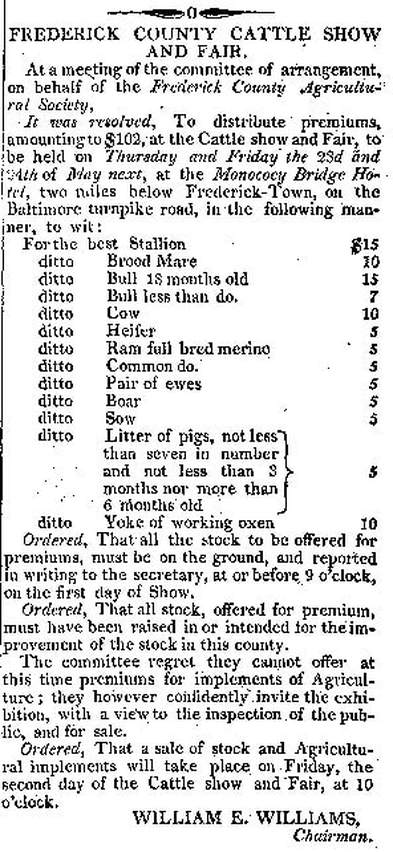


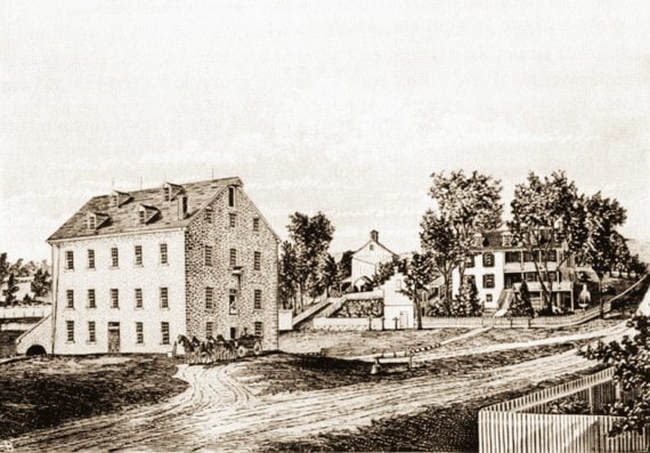
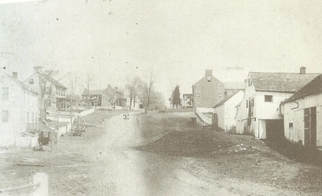
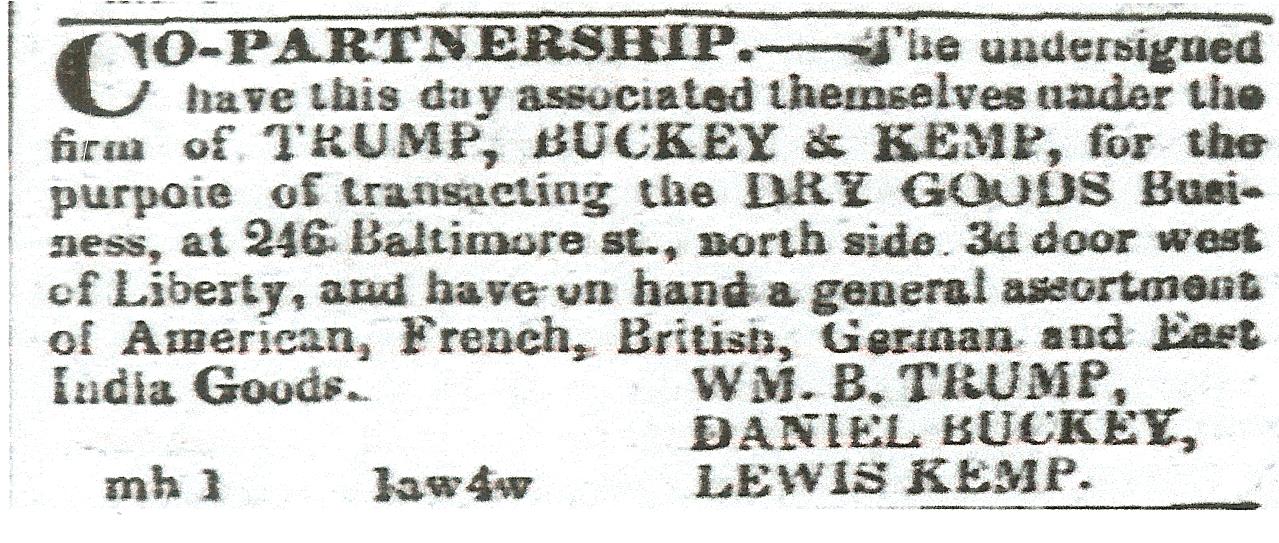
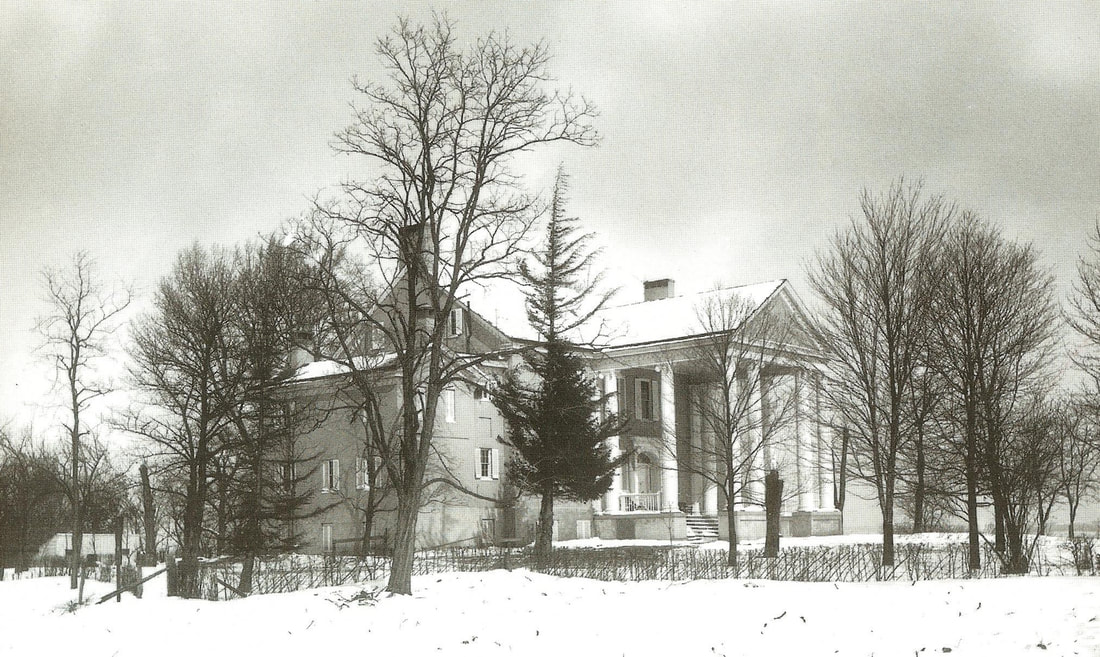
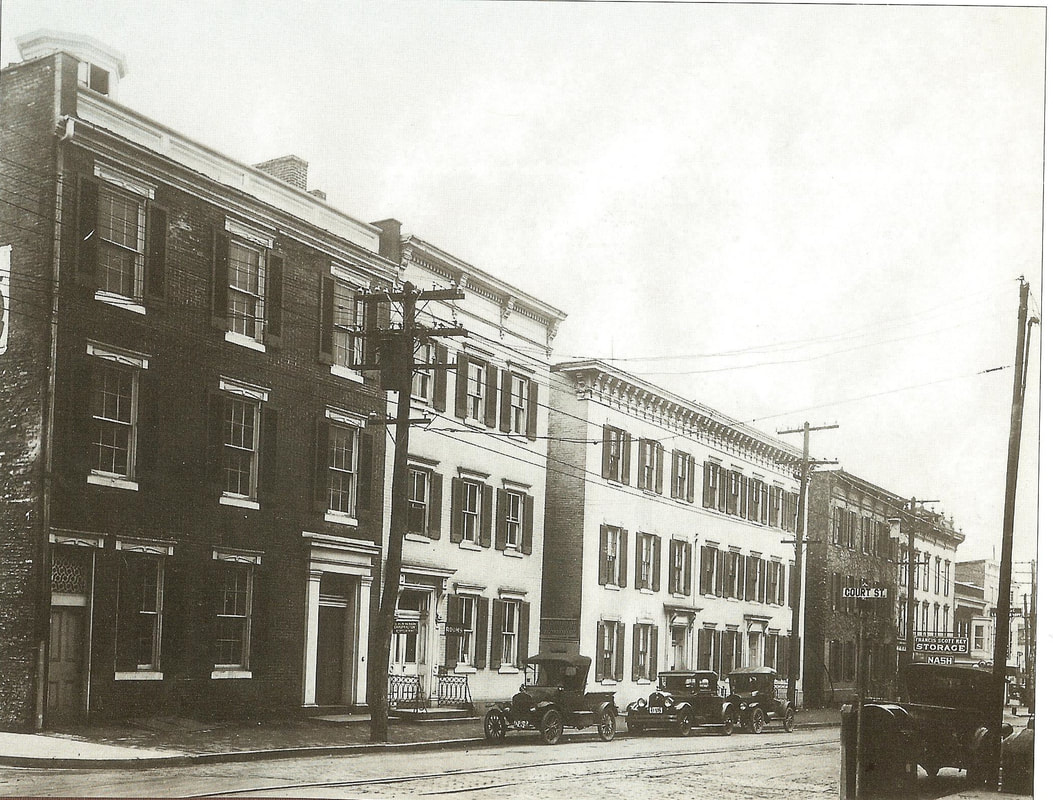

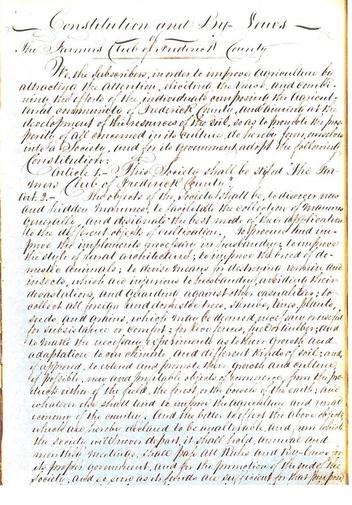
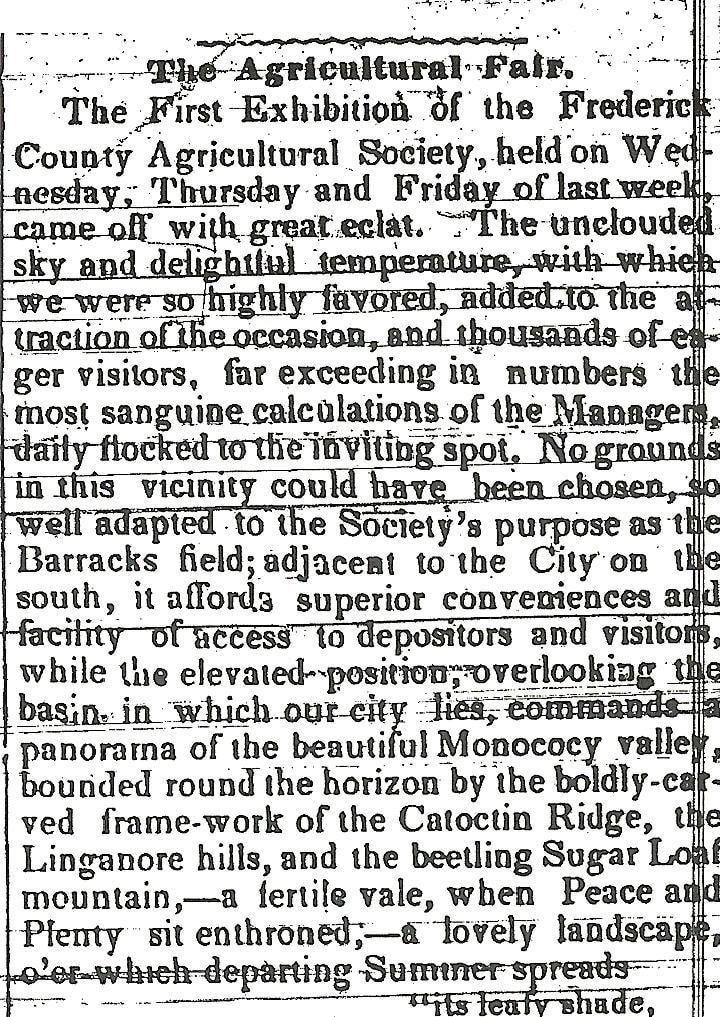
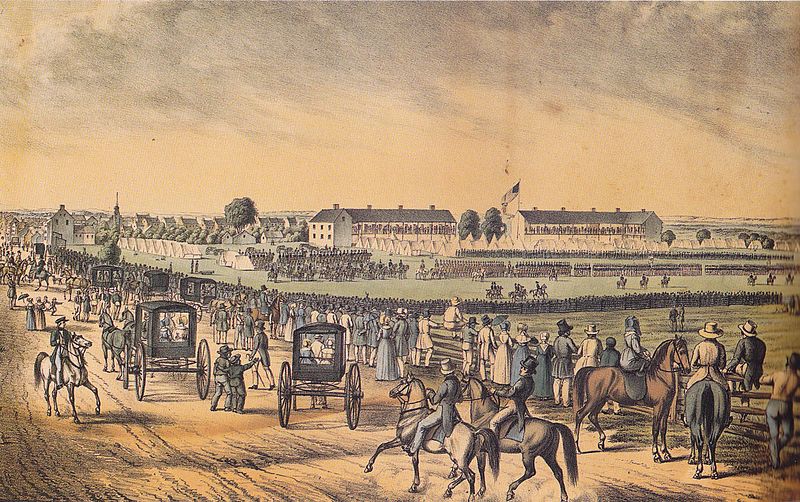
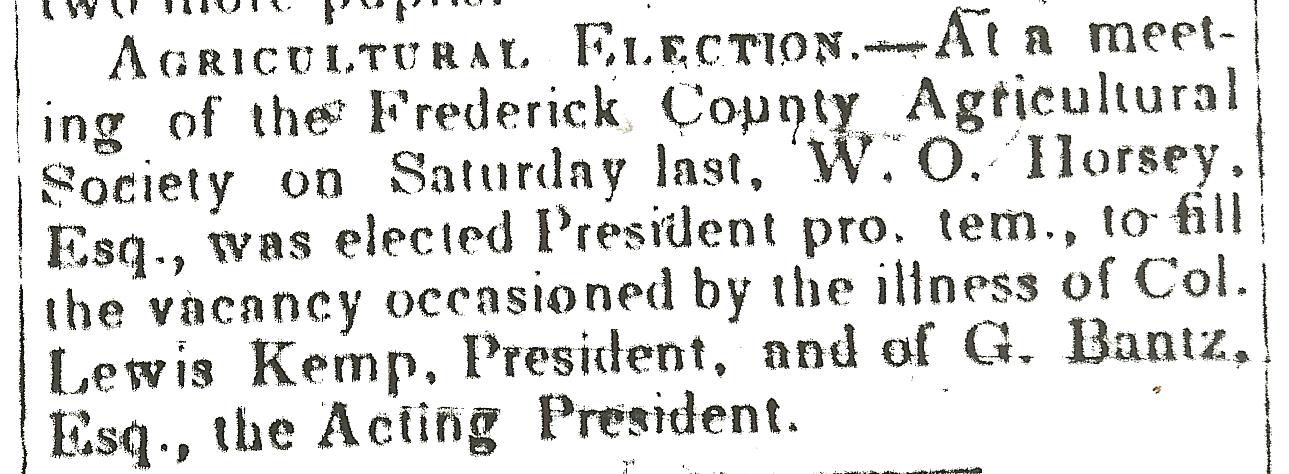
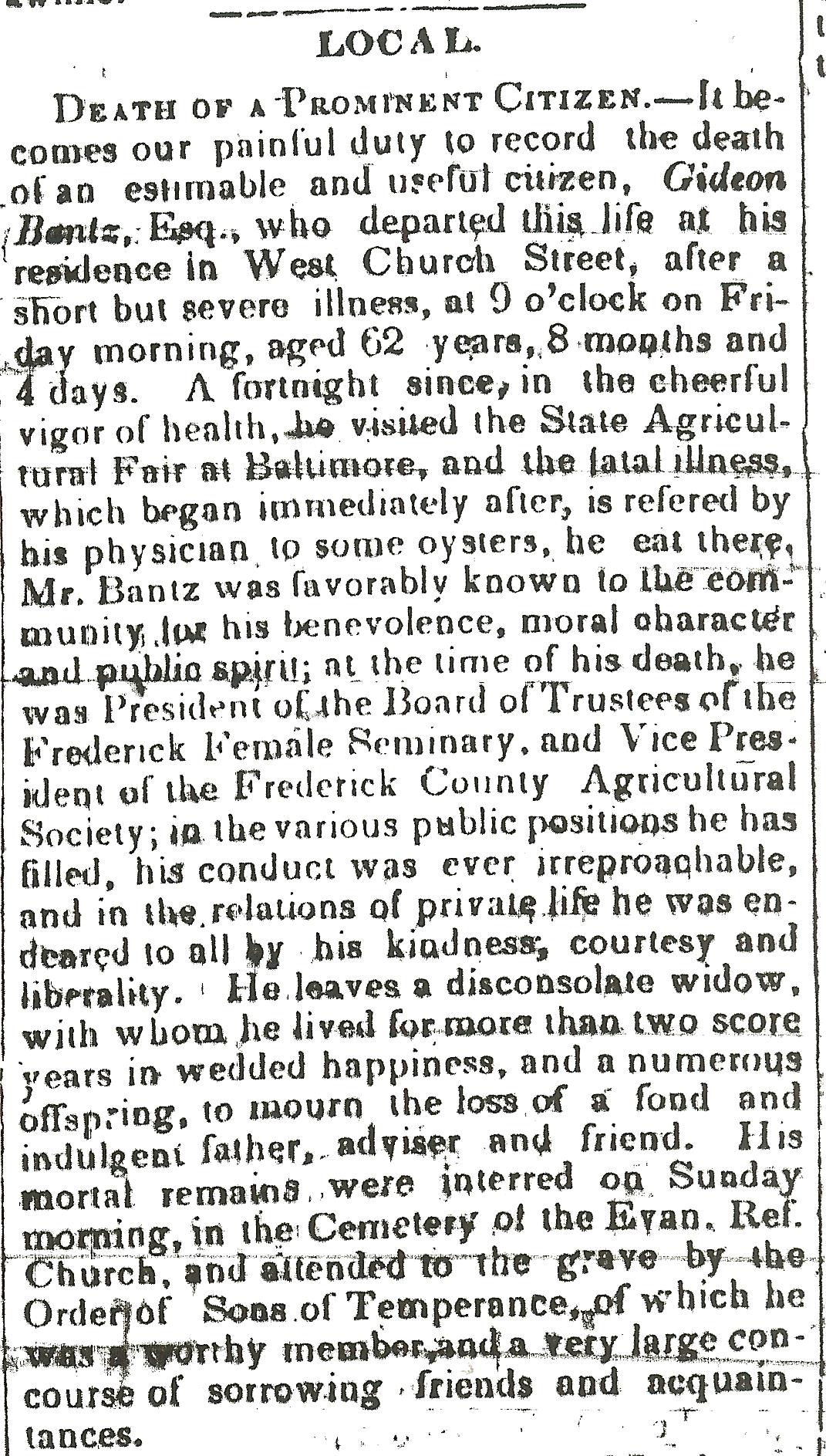
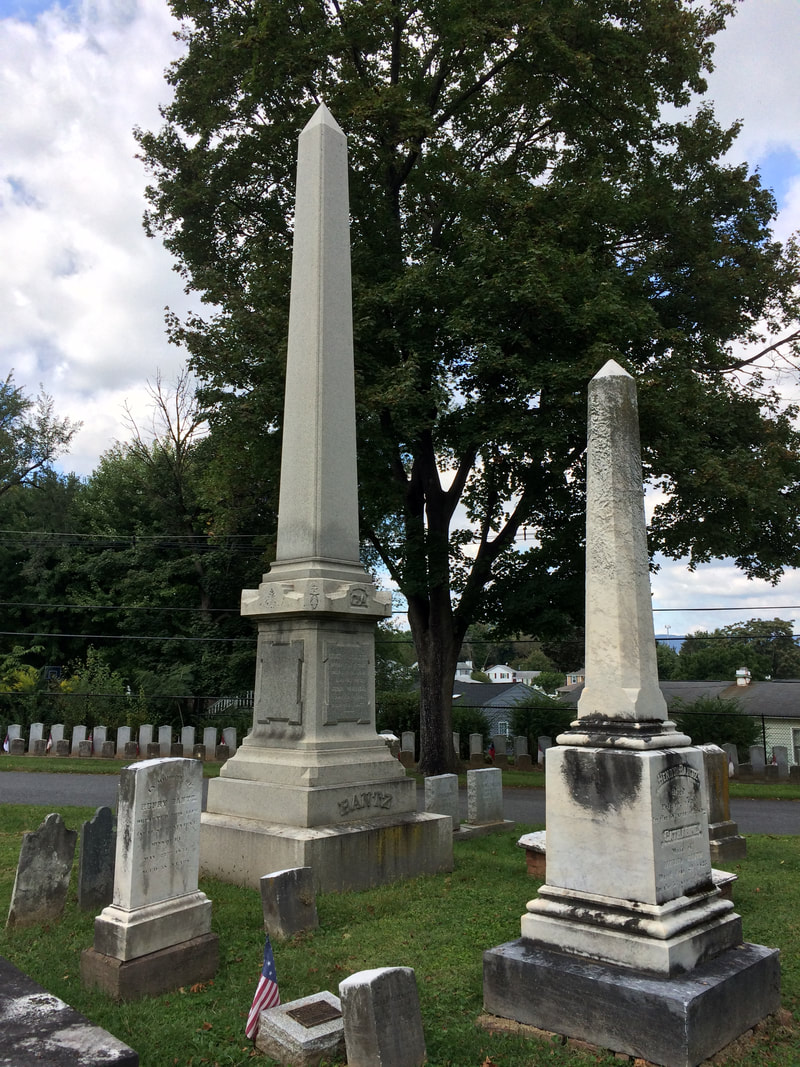

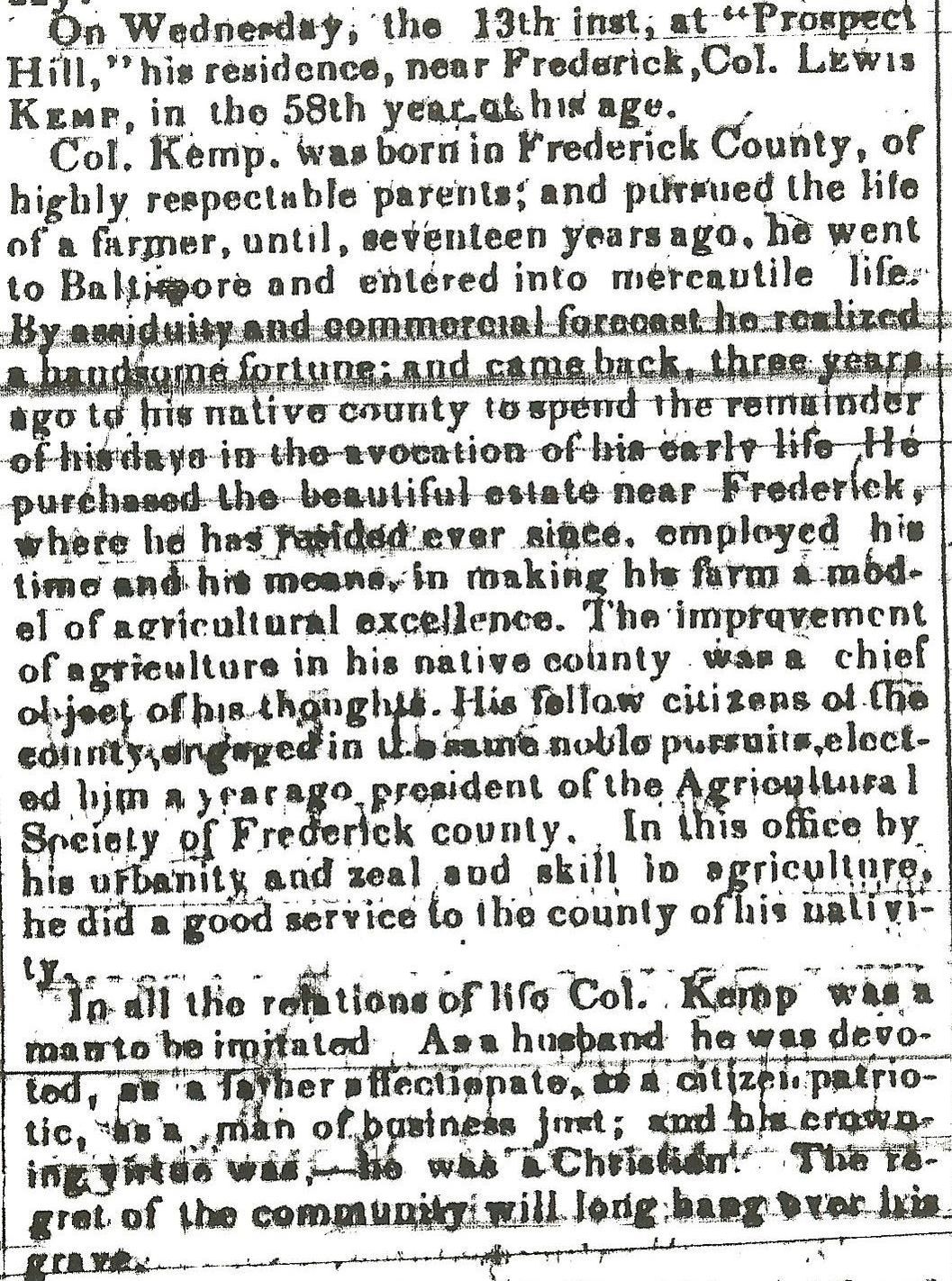
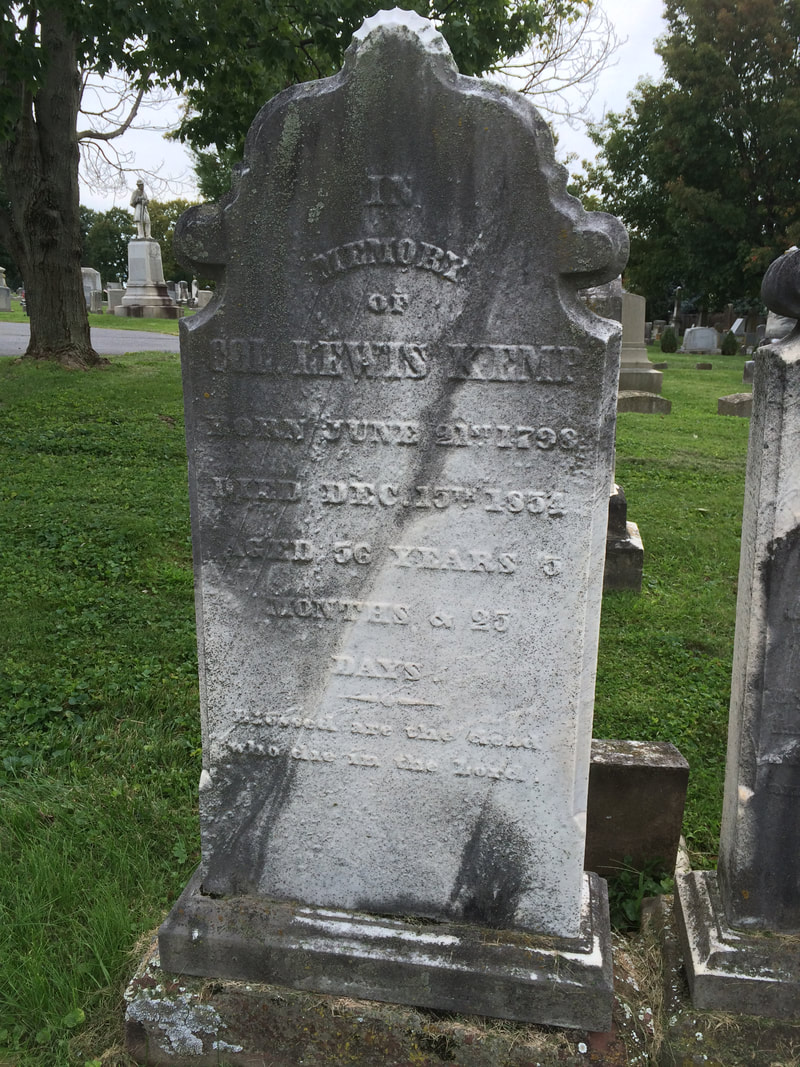
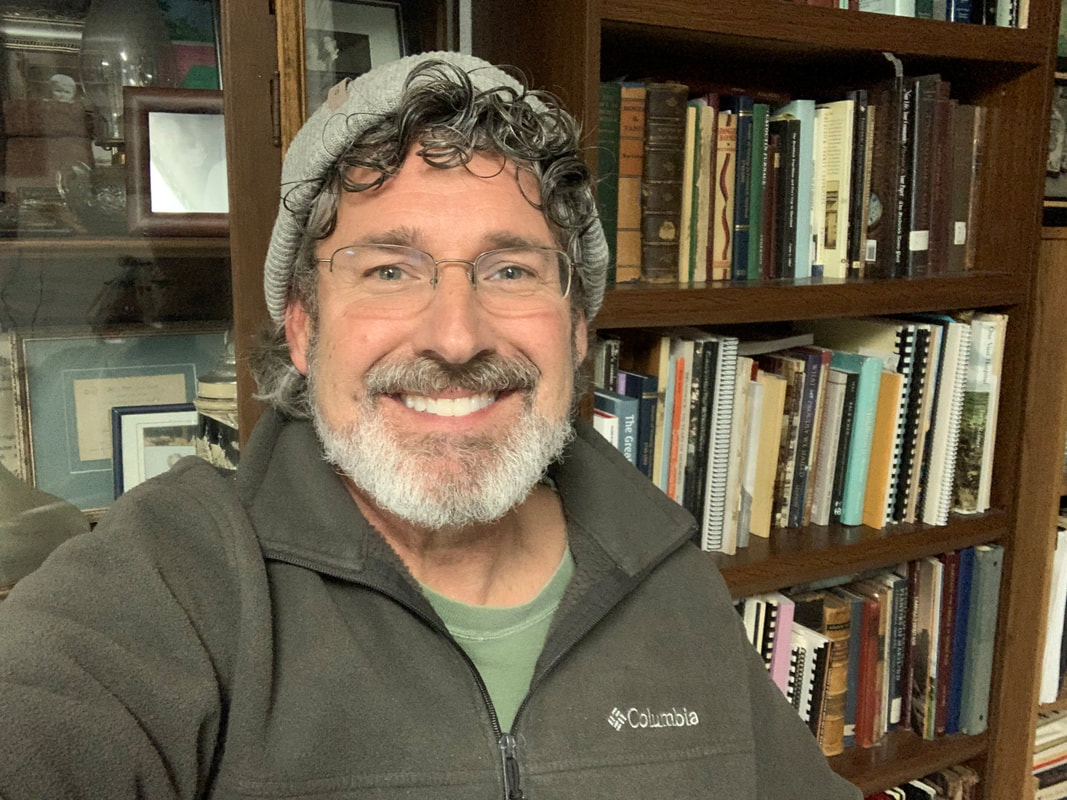
 RSS Feed
RSS Feed